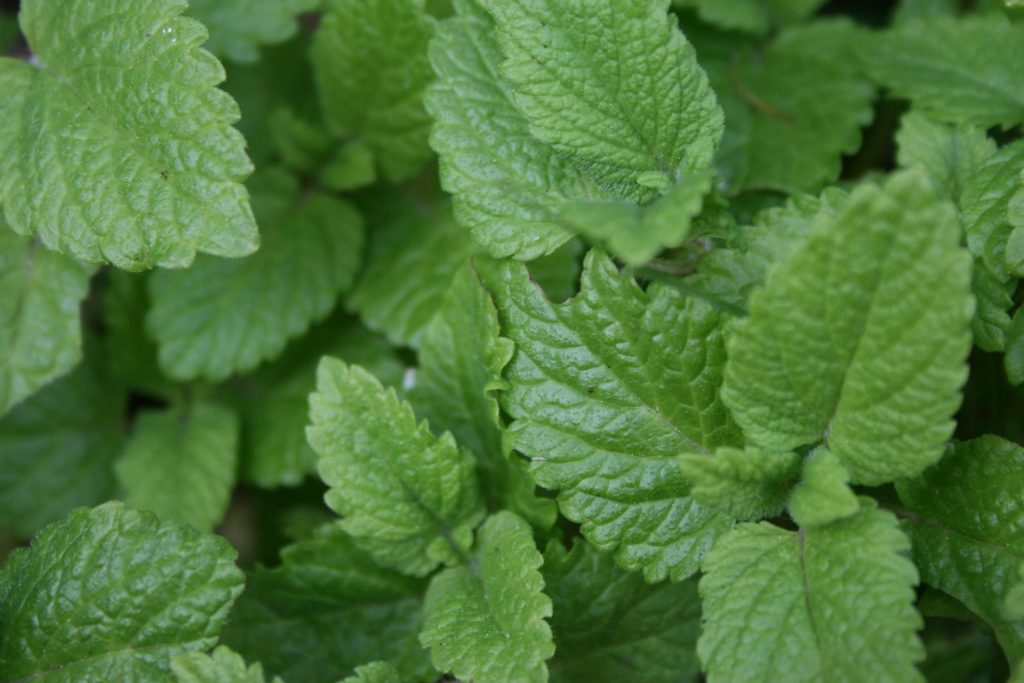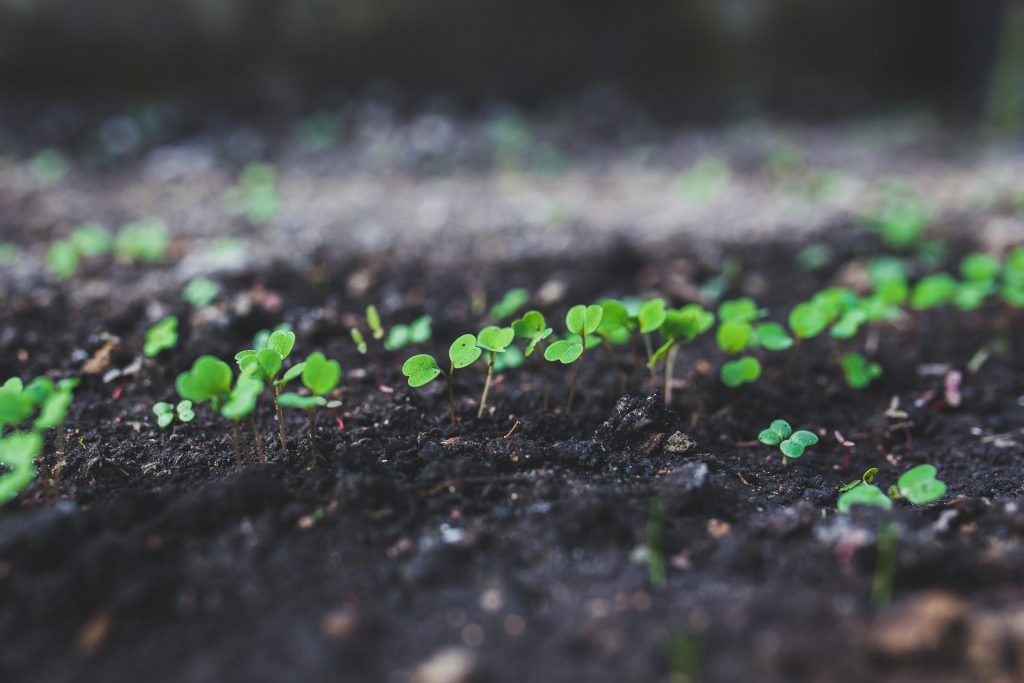by Quinn K Dyer
Know it:
This happy, fragrant herb has also been called bee balm; although bee balm is a totally different plant. Both are great for attracting bees to any garden.
Lemon balm has been used since ancient times to attract bees and establish hives. It’s still used in modern day honey production.
The Greeks and Romans used it medicinally as well. Warding off depression, curing headaches, calming anxiety, and soothing upset bellies were some of its many uses.
Legends and myths praise lemon balm for lengthening one’s life and increasing strength and vigor. It improves mood, relaxes the mind and relieves stress.
Supposedly ruled by the moon, nurturing lemon balm is great for spells for sleep, love, or healing. Its calming properties can be useful in relaxing teas to help induce a trance state.
Grow it:
As a member of the mint family, lemon balm can get invasive; it spreads by root and by self-seeding. Keeping it in a pot can contain it.
Once established, it’s very hard to kill and needs to be thinned out regularly to prevent spreading.
Nearly impossible to over prune or over harvest it; this hardy plant can take a hit from a lawn mower and bounce back.
Lemon balm likes a good amount of sun, but can suffer with too much.
I’ve found an extra watering and mulch can help remedy that though. Mine tend to suffer with any amount of shade. Well-draining soil is prefered, but it isn’t a picky plant.
To start, plant seeds in cool weather; fall or spring. It can also easily be started from cuttings. It’s possible to take one plant and turn it into several!
Cut a stem of lemon balm and strip the leaves except for the top few. Place the stem in a container of water, making sure the leaves stay dry. Then place the container in a sunny spot.
In a few days you should see little white tendrils of the new roots. In a week or so, these roots will be a couple inches long and ready to plant in the dirt.
Lemon balm also makes a great companion plant in the garden; namely for its ability to attract bees.
Use it:
Lemon balm has a number of uses; infusions in honey, as tea, in the bathtub, or to flavor foods.
Bruising the leaves of lemon balm, even slightly, releases a strong burst of fragrance and, without any preparation whatsoever, those crushed leaves are very useful.
The crushed leaves are a potent repellent for mosquitoes, though some people must be careful as there is an allergy risk and the plant can cause a rash.
Always be careful when using a plant for the first time. And of course, if you have any serious medical conditions you should always check with a doctor before using any herbs.
These powerful plant babes can mess with everything from your thyroid to your SSRI medication.
The fresh leaves of lemon balm are loaded with essential oils. Studies have shown the super powered oils in lemon balm have antiviral properties and are particularly good to treat cold sores.
The essential oils in the fresh leaves also make a good polish for wood furniture, leaving behind the yummy lemony scent and deterring bugs in the process.
Lemon balm can also be brewed in tea to calm anxiety, to sleep the onset of sleep, or to treat a headache.
Lemon balm is known to open tight blood vessels and aid in circulation; one reason why it is food to treat headaches.
A bath or tea with thyme and lemon balm can help ease a cold.
The fresh leaves are better to use than dried when brewing.
A vinegar tincture is a great way to store lemon balm when you don’t have access to a fresh plant; otherwise known as winter.
For a tincture that doubles as a delicious lemony dressing use ginger, lemon slices, and an assortment of lemon-scented herbs.
Lemon balm, lemongrass, lemon basil, or lemon thyme are all possibilities. All these herbs are great for happiness, healing, or love spells.
Try timing the making of the mixture with the full moon for extra ooomph!
To make the tincture, fill your jar, or jars, 3/4th full with dry material and cover with apple cider vinegar. Strain out plant matter after 3-4 weeks, or until desired taste is reached. Store in a cool, dry place.
This tincture/dressing has the benefit of being rich in antioxidants too!
IN CONCLUSION
If this essay resonates with you, please join our WITCH email list by using the forms on this website so we can stay in touch.
About the Author:
featured image source


